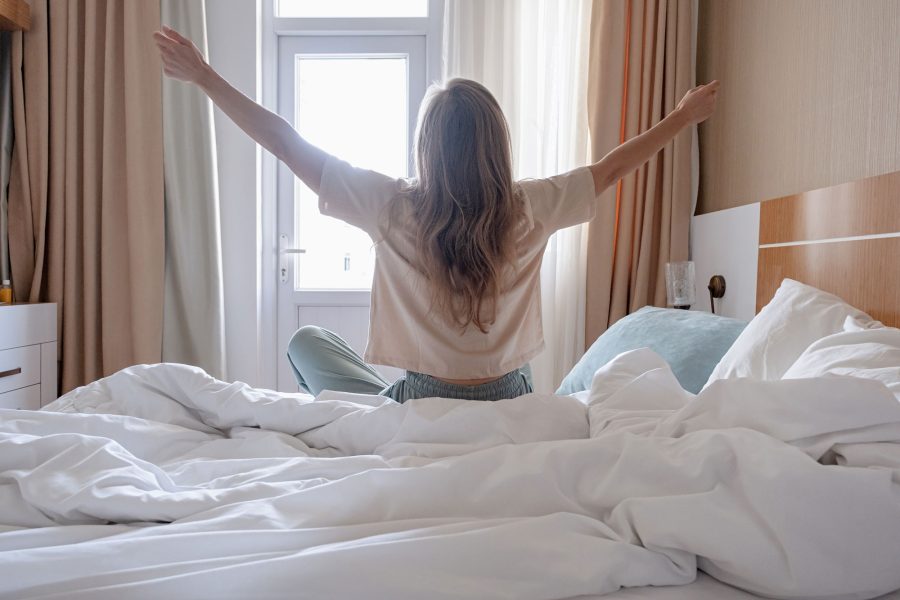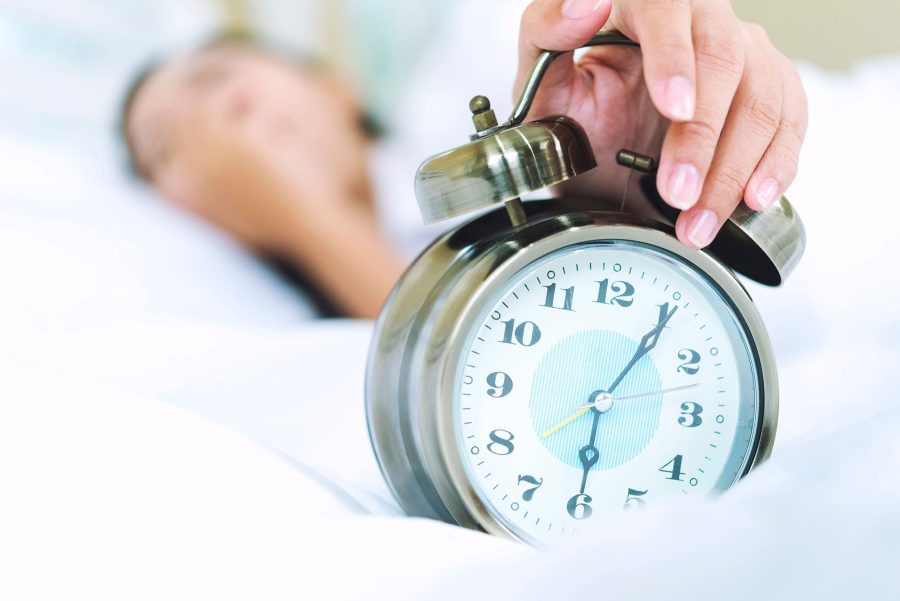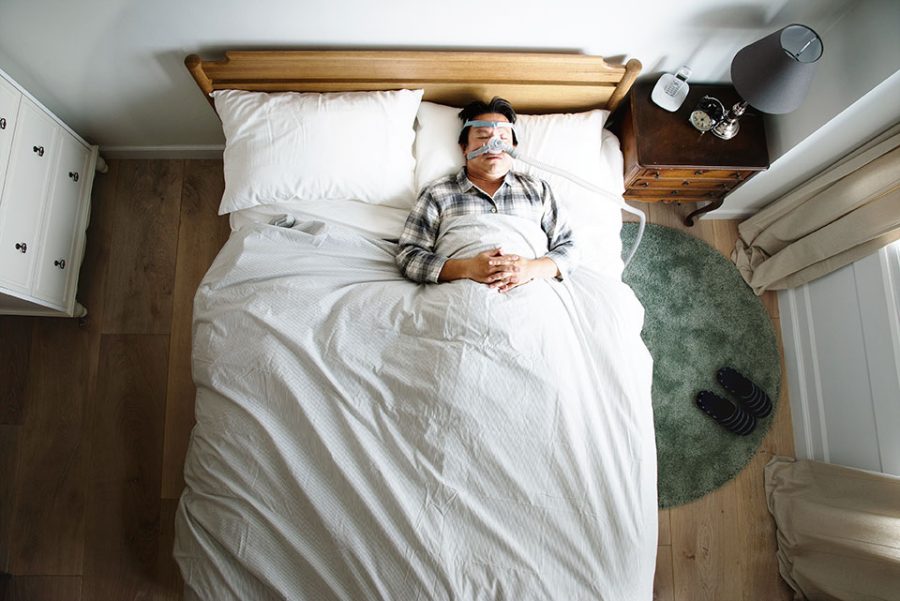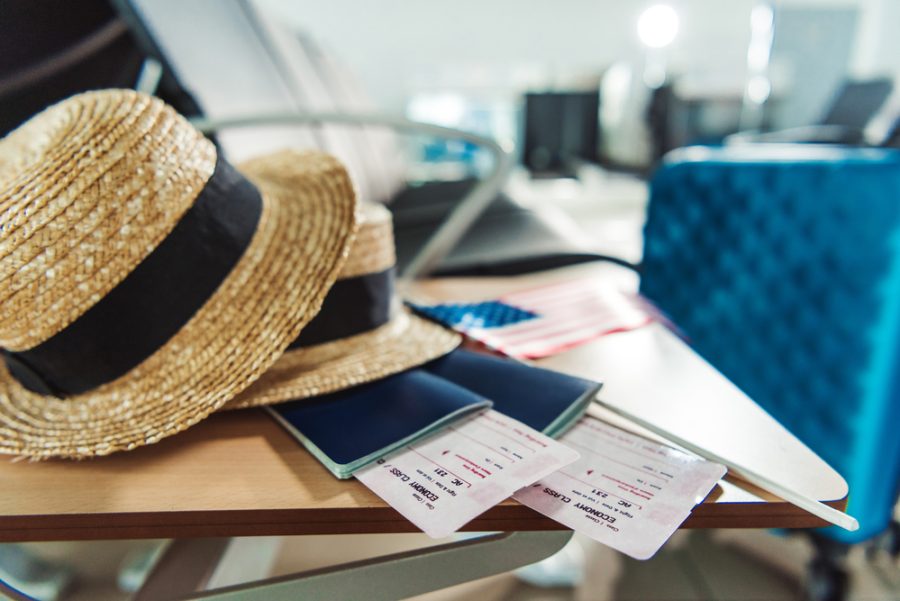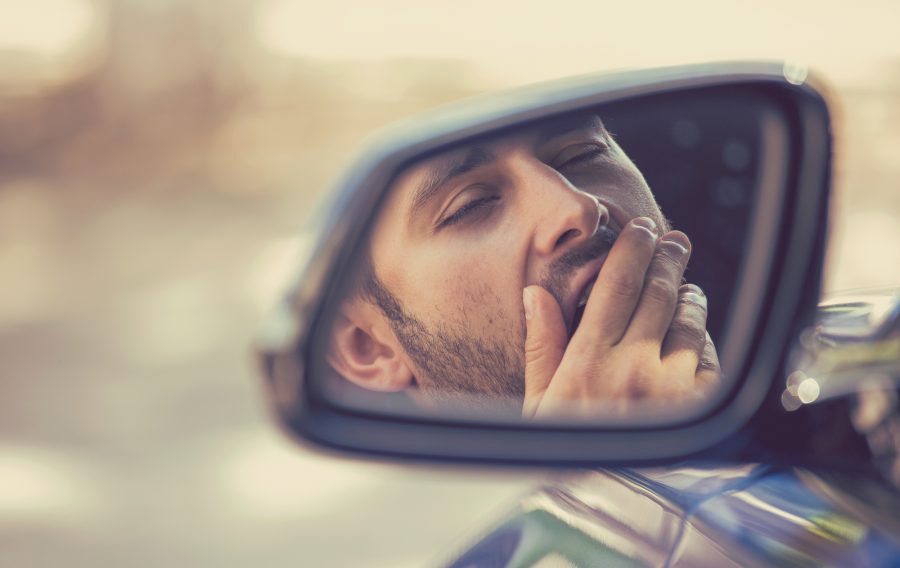Sleep Awareness Month
March is Sleep Awareness Month, making it the perfect opportunity to dive into the world of healthy sleep and, specifically, the common yet often misunderstood condition called obstructive sleep apnea (OSA). We’ll explore the risk factors, sleep apnea’s unique impact on women, and the transformative power of sleep studies and proper sleep hygiene. We’ll empower you with knowledge and solutions for better, healthier sleep!
Unpacking the Risk Factors for Obstructive Sleep Apnea
Obstructive sleep apnea is more than just snoring; it’s a condition where your breathing repeatedly stops and starts during sleep. Sleep Apnea can lead to a host of problems, from daytime fatigue to serious health issues. But what puts you at risk for OSA? Here’s a closer look:
Weight: Being overweight is a key risk factor, as excess fat around the neck can obstruct the airway.
Anatomy: Factors like a narrow throat, neck circumference, enlarged tonsils, or a large tongue can increase the risk.
Age and Gender: OSA is more common in men, but the risk increases for women after menopause. Sleep apnea occurs more frequently in older adults.
Family History: Genetics plays a role, so having relatives with OSA might increase your risk.
Lifestyle Choices: Smoking and alcohol consumption can contribute to the development of sleep apnea.
Recognizing these risk factors is crucial for early identification and management of OSA.
Recognizing Sleep Apnea Symptoms
Awareness of sleep apnea symptoms is critical for early detection and treatment. Common signs include loud snoring, excessive daytime sleepiness, or choking or gasping for air during sleep. Other symptoms may include morning headaches, difficulty concentrating, mood changes such as irritability or depression, and a sore throat or dry mouth upon waking. Talk to your healthcare professional about these symptoms if you or someone you know is experiencing them.
Sleep Apnea in Women: A Closer Look
Sleep apnea isn’t just a man’s issue. In women, the condition is often underdiagnosed and can present differently. Symptoms like insomnia, morning headaches, fatigue, and mood changes are common in women with sleep apnea. Hormonal changes during menopause can also increase the risk, making it essential for women to be aware of and address potential sleep issues.
The Importance of Sleep Testing
“Do I need a sleep study?” If you’re asking this, the answer might be yes, especially if you’re experiencing sleep apnea symptoms! A sleep study is critical for diagnosing OSA and can help determine your treatment options, like using a CPAP machine. This test monitors your sleep stages, breathing, oxygen levels, and heart rate, providing a comprehensive view of what happens while you sleep.
Sleep testing, or polysomnography, is essential for diagnosing obstructive sleep apnea and other sleep disorders. There are two main types of sleep studies: in-office and home sleep testing.
In-office sleep testing involves an overnight stay at a sleep center, where technicians monitor your sleep throughout the night. This comprehensive testing measures various aspects of your sleep, including brain waves, oxygen levels, heart rate, breathing patterns, and movements. It provides a detailed picture of your body’s behavior during sleep, allowing for accurate diagnosis and tailored treatment plans.
Home sleep testing offers a more convenient option for many patients. With this method, you receive a portable device to take home, which you use while you sleep in your own bed. This device typically records your breathing, oxygen levels, and breathing effort. While less comprehensive than the in-office test, home sleep testing is effective for diagnosing obstructive sleep apnea in straightforward cases. It can be a more comfortable and cost-effective alternative for patients.
Both testing methods can play a role in diagnosing sleep apnea and determining the best treatment approach, such as using a CPAP machine or other interventions. Talk to your healthcare professional to determine what your best choice for a sleep study might be.
Enhancing Sleep Hygiene for Better Health
Good sleep hygiene is essential for everyone, especially if you’re at risk for sleep disorders. Here are some strategies to improve your sleep quality:
- Stick to a consistent sleep schedule.
- Ensure your sleeping environment is quiet, dark, and cool.
- Limit caffeine and alcohol intake, especially when you’re close to bedtime.
- Disconnect from electronic devices before sleep to help your mind relax.
By improving your sleep hygiene, you can enhance the quality of your sleep and reduce the risk of sleep-related issues.
Rotech and Sleep Central: Your Partners in Sleep Health
Navigating the world of sleep health can be complex, but you don’t have to do it alone. Rotech and Sleep Central are here to help, offering resources and support for your entire journey to better sleep!
As we observe Sleep Awareness Month, let’s commit to prioritizing our sleep health. Understanding the risk factors and symptoms of obstructive sleep apnea, recognizing its signs in both men and women, and taking proactive steps towards better sleep hygiene can improve your health and well-being. And with Rotech and Sleep Central by your side, you’re never alone on this journey to better rest. Here’s to healthier sleep and happier days ahead!

